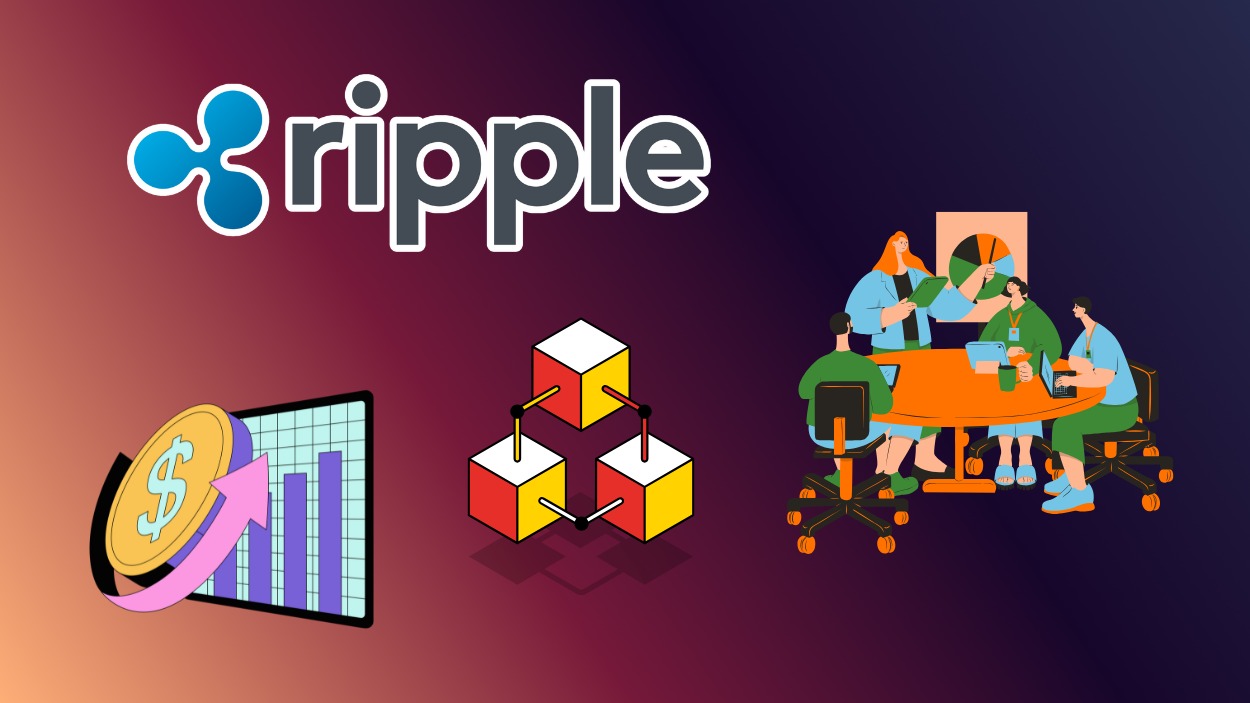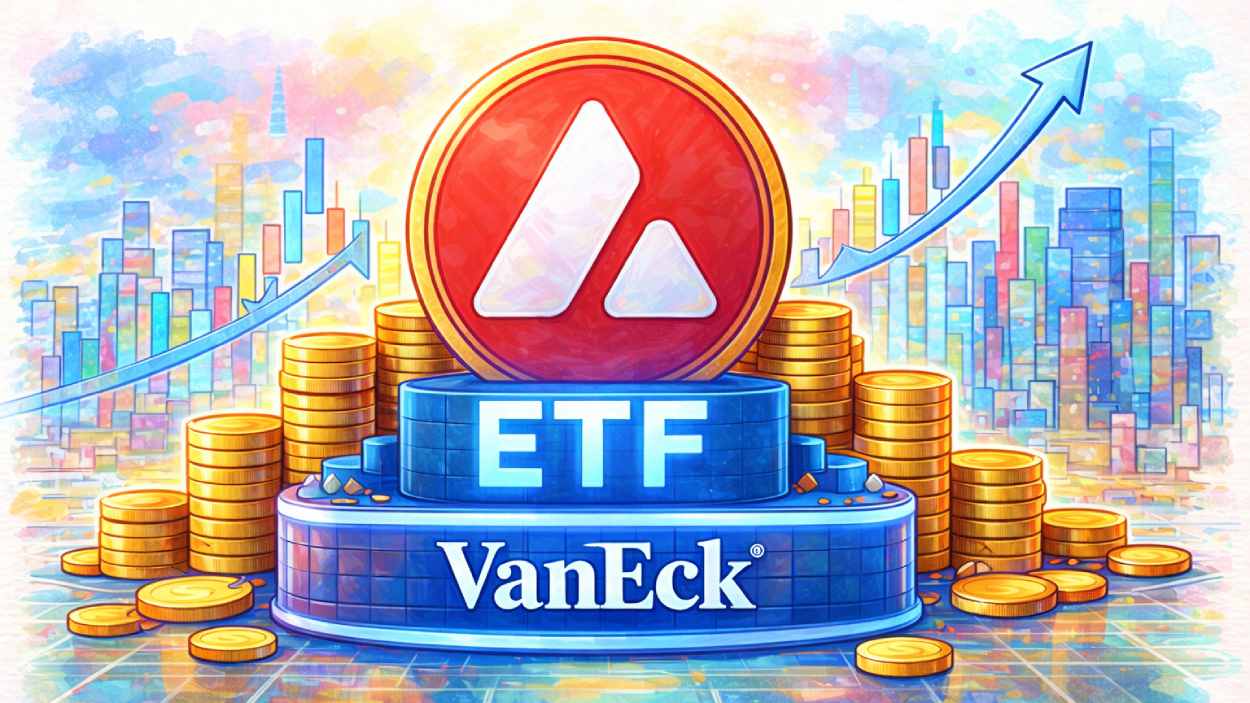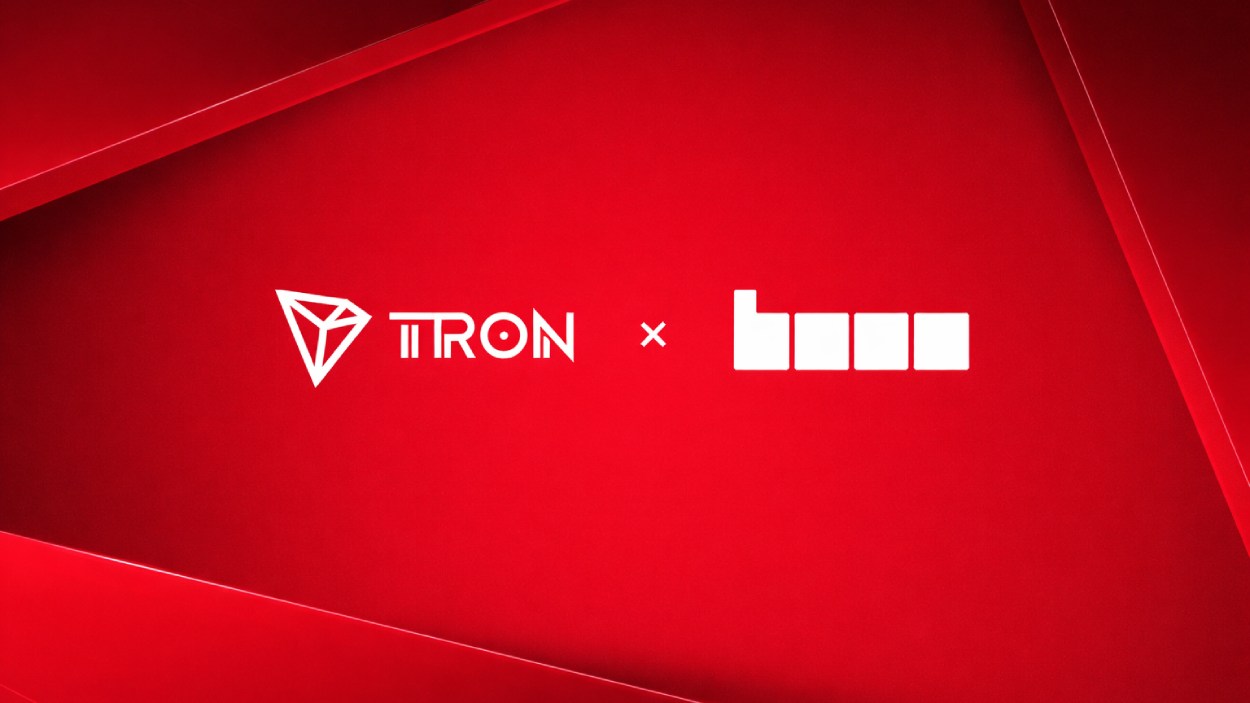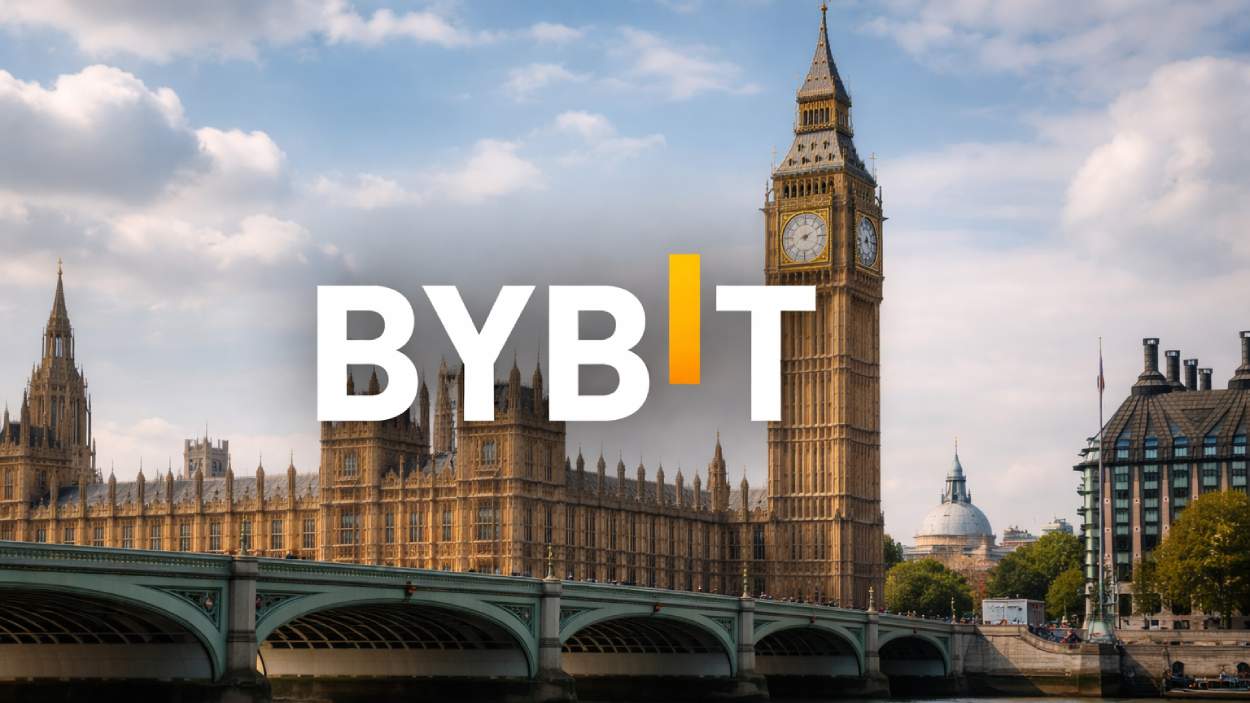Plasma’s mainnet beta launched on September 25, backed by over $2 billion in stablecoin liquidity and deep integrations of Ethena’s USDe and sUSDe.
Key Takeaways
- Plasma debuted with more than $2 billion in stablecoin liquidity and over 100 DeFi integrations
- Ethena’s USDe and sUSDe are embedded from day one via Aave, Curve, Balancer, and Fluid, with Pendle coming soon
- Aave markets launched on Plasma with $1 billion in capacity backed by Binance liquidity; both USDe and sUSDe deposits earn Ethena Points
- Liquid Leverage features enable stablecoin looping strategies with up to $950 million in combined capacity
- Across chains, USDe supply has grown to nearly $14 billion, making it among the largest non fiat stablecoins
What Happened?
On September 25, Plasma officially launched its mainnet beta, introducing its native token XPL and branding itself as a stablecoin native Layer 1. From day one, the network supported over $2 billion in stablecoin liquidity across more than 100 DeFi platforms. Ethena’s stablecoins, USDe and sUSDe, were key components of the launch and are now powering liquidity and lending across the new chain.
The ~$1b caps on USDe Aave Plasma markets were filled within hours, with updated caps to be released in the coming days.
— Ethena Labs (@ethena_labs) September 26, 2025
There is no faster way to bootstrap a DeFi ecosystem to multi-billion dollar scale.
Plasmaavethena pic.twitter.com/6QegjpXXWI
USDe as the Stablecoin Backbone
Ethena’s USDe is now a central stablecoin in Plasma’s ecosystem. It is accessible through Fluid, Curve, and Balancer, with routing optimizations for easier access. Users can bridge USDe through Plasma’s native interface and Stargate Finance. On Aave, USDe deposits earn Ethena Points, incentivizing early participation in the network’s liquidity growth.
sUSDe Enables Yield and Lending
The staked version, sUSDe, is already live on Aave with a deposit cap of $450 million and support for Liquid Leverage strategies. Users depositing sUSDe earn Ethena Points and can claim leverage rewards through the Merkl interface. In the coming weeks, Pendle is expected to go live on Plasma, offering support for both sUSDe and USDe principal tokens (PTs), which will later become collateral options on Aave.
Ethena is also encouraging liquidity provision in sUSDe pools across Curve, Balancer, and Fluid. These LPs are also eligible for Ethena Points, adding more yield layers across the network.
Liquid Leverage: Scaling Stablecoin Loops
A standout feature at launch is Liquid Leverage on Aave, which allows users to loop stablecoin positions for enhanced yield. The system supports a combined deposit capacity of up to $950 million in USDe and sUSDe. This model uses Binance Earn’s USDT liquidity to fund the loops at competitive borrow rates, making it possible to outperform many mainnet strategies. Reward claims for these leveraged positions are streamlined through Merkl, simplifying participation and engagement in Plasma’s early DeFi ecosystem.
Ethena’s Cross Chain Strategy and Plasma’s Ambitions
Plasma is the latest chain in Ethena’s aggressive cross chain rollout, following deployments on Avalanche and Optimism Superchain. On Avalanche, USDe integrates with AVAX incentives, while Optimism users interact via OVaults. This multi network strategy has scaled USDe’s total supply to nearly $14 billion, securing its place as one of the largest decentralized stablecoins on the market.
Plasma’s unique proposition is its positioning as a stablecoin first Layer 1 with Bitcoin secured finality, zero fee transfers, and composable DeFi tooling. It launched with backing from prominent players like Bitfinex, Bybit, Paolo Ardoino, and Peter Thiel, and holds a fully diluted token valuation of $10 billion. Early community support was also strong: Plasma’s deposit campaign raised $1 billion in under 30 minutes, and its public sale raised $373 million with 7 times oversubscription.
With these milestones, Plasma immediately ranks among the top chains by stablecoin liquidity, already enabling zero fee USDT transfers and staking its claim as a serious contender in the DeFi ecosystem.
CoinLaw’s Takeaway
In my view, Plasma’s launch is one of the most impressive DeFi rollouts in recent memory. Ethena’s USDe and sUSDe didn’t just integrate post launch, they were built in as foundational assets. That gives Plasma an enormous liquidity edge from the start. The Liquid Leverage features powered by Binance liquidity, the earning potential via Ethena Points, and the built in reward structure through Merkl all create a DeFi environment that feels ready out of the box.
But as with any major launch, the real test will be in how well Plasma can maintain and grow this momentum. Scaling sustainably, securing integrations with future protocols like Pendle, and keeping incentives aligned will be crucial. Still, from what I’ve seen so far, Plasma is off to a blazing start and already proving that stablecoin native Layer 1 can work, if they’re built right from day one.

























































